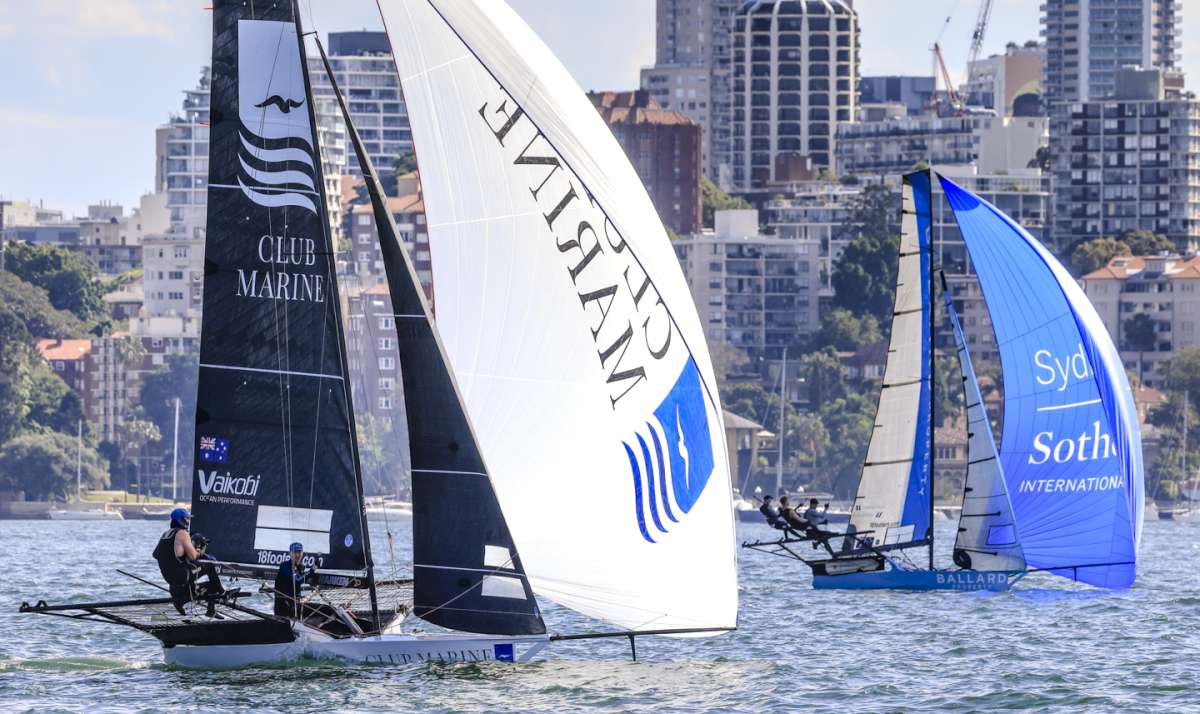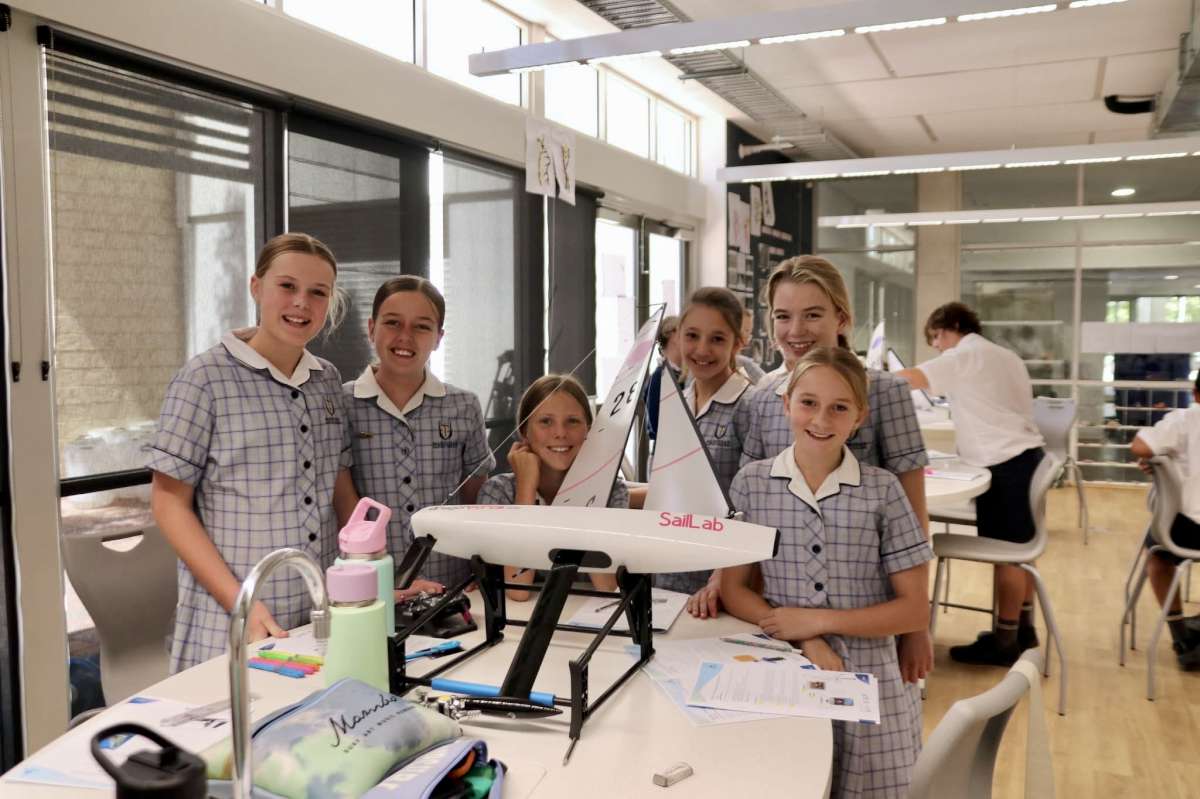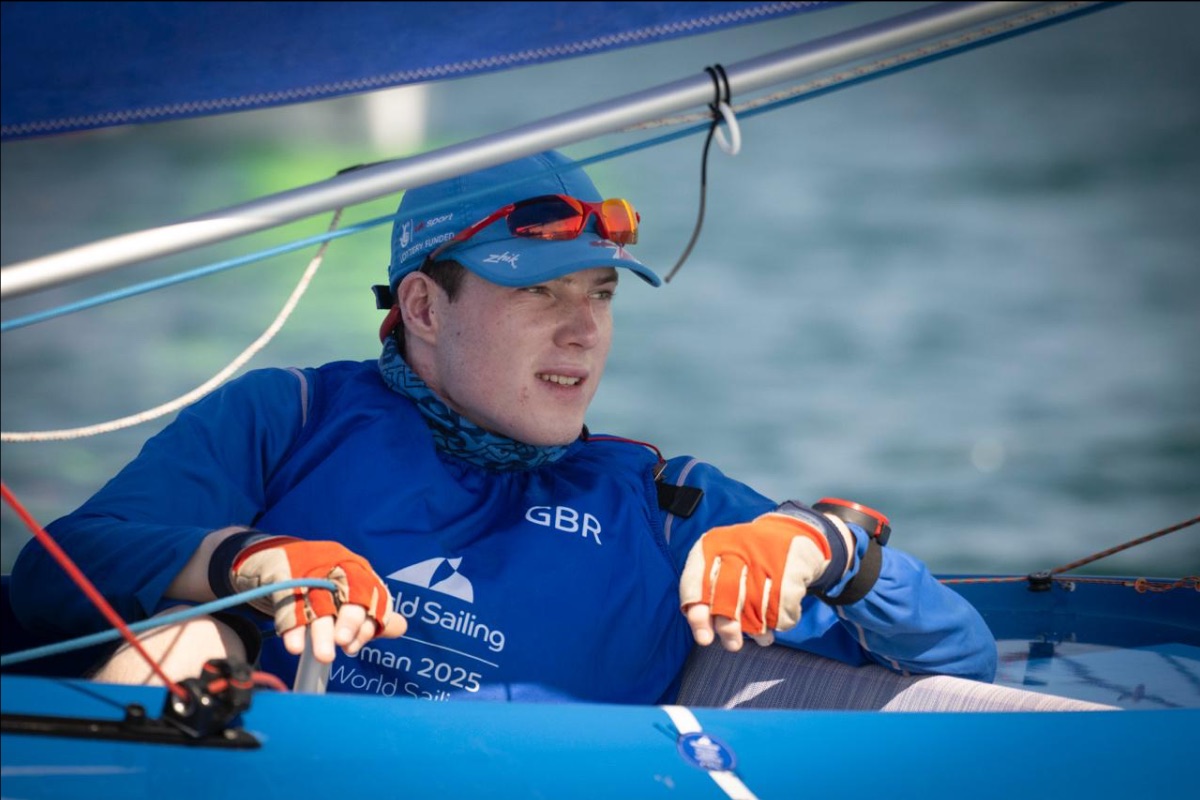Our dreams recently enticed us to begin exploring the Solitary Islands.
Named by Captain Cook from HM Bark Endeavour in May 1770, the Solitary Islands include five major islands and a scattering of smaller islands/reefs off the NSW coast between Coffs Harbour and Yamba. So they are very handy to CatNirvana’s home, but they are also much more.
An article in The Brisbane Courier of 29 October 1863 provides an early glimpse of the Solitary Islands from a mariner’s perspective. The article focussed on marine lights and reported a process that may bring a smile to some of our crew.
“…a select committee of the Legislative Council was appointed, to consider what new lights might be required. The terms of the committee’s appointment referred to the whole coast of “New Holland.” Why this antiquated and unsuitable geographical expression was used we do not understand, but the enquiry was practically limited to the east coast of Australia, and especially to that part of it between Sydney and Moreton Bay. There were seventeen witnesses examined, and though there was the usual difference of opinion as to details – for nautical men never agreed as to the proper position for lighthouses, there was a substantial accord…that three fresh lights were required between Port Stephens and Cape Moreton.”
The article went on to report the committee’s view that one of the new lights should be on the Solitaries. It seems, however, that the “usual differences of opinion” were particularly evident in the question of whether to place a light on North, or South Solitary Island.
South Solitary was eventually chosen because it was “the more concealed danger… inasmuch as vessels going north hug the coast to avoid the current.”
Notwithstanding the above accord, the next step in the process was ten years later in 1873, when a(nother!) conference of the marine departments of the Australian colonies was held to discuss marine lighthouses. It was then finally resolved that a light should be erected on South Solitary Island. In October, 1877 the Marine Board and the Colonial Architect proceeded to the Island to select the sites for the buildings. The lighthouse was completed in 1880 (17 years after everyone agreed it was needed! at a total cost, including a jetty and landing stage, of £32,000.
The great escape
Tales of the South Solitary light construction confirmed the hostile sea conditions that justified its existence.
Many vessels dragged anchors or ran from storms; the crane at the landing was twice washed away; the cement shed and smithy were blown away and an easterly hurricane washed water clean over the centre of the island,
about 30 metres high.
For such difficult conditions, the workers were well paid; on their return from the Island some of the men were considered rich with labourer’s cheques to £276 and tradesmen’s to £360!
In 1975 a light was erected on North Solitary Island and both lights are now solar powered and fully automated, clearly marking the area for mariners approaching from any direction.
Thus began the modern era of the Solitary Islands for mariners; they stand as outposts with some refuge along the northern NSW coast, but best avoided seaward in difficult conditions or at night.
While sailing past on CatNirvana, the Solitaries often appeared alluring. Many reports of closer examinations
of the islands sounded interesting.
So on 9th of February we embarked Yamba, bound for North Solitary Island as our first exploration of these NSW coastal outposts.
Papillon
North Solitary Island is ~30 nautical mile south-east of Yamba; ~26nm north-east of Coffs Harbour; and ~7nm east-south-east of Wooli.
North Solitary is one of the largest of the group. No doubt both its size and its prominence for vessels approaching from the north influenced the decision to install the automated lighthouse on North Solitary.
North West Rock, ~1nm north-west of the main island, is clearly visible approaching from the north. North Solitary itself is actually split with a narrow channel, The Opening, between. Appearances suggest, however, that channel may only be navigable for very small vessels and even that might be suspect with any sort of sea on the eastern side of the island.
The island is heavily and noisily inhabited by bird life, with the usual crowds of gulls and mutton birds common to the area. We also spotted one large, guessed at ~1m in height,- and very impressive bird. Sadly our primary camera was out of operation for this trip so we did not capture any good images of the big bird. Our field guide to Australian birds suggests we were looking at a white-breasted sea eagle. We would be delighted to hear from any of our ornithology-inclined crew/readers who might be able to shed some further light on that magnificent large bird.
With nor’east breezes, we stopped for the night on the western side, just south of the southern anchorage, where we were well sheltered from both wind and seas by steep rock faces climbing up from the waterline.
Due to family plans, our visit to North Solitary was short and we embarked the next morning.
The Solitary Islands are located where the southbound warm waters of the Australian East Coast Current meet the cool, nutrient rich waters that originate further south. So the waters around the Solitary Islands are unique for their ability to support both sub-tropical and temperate marine life communities, both plants and animals.
The unusual biodiversity makes the area particularly well known and loved for recreational diving and fishing.
Cool hand
Vessels approaching any of the Solitary Islands will be entering the Solitary Islands Marine Park and Solitary Islands Marine Reserve (Commonwealth waters). All activities within the park, whether commercial or recreational, are subject to the various usage zones within the park.
For cruising yachts, the park restrictions are no problems whatsoever and they are accompanied by well-maintained National Parks moorings.
Moorings are provided at Northwest Rock, North Solitary Island, South West Solitary Island, Split Solitary Island; and South Solitary Island.
We are told the moorings can be quite busy during peak season, between charter fishing and dive vessels (both commercial activities allowed, with permits) but the Islands’ distance offshore and the number of moorings suggests that spare moorings should usually be available.
Anchoring is also permitted, although not in clearly marked exclusion zones. So these solitary outposts are well set up to accommodate visiting cruisers.
We will definitely explore the Solitary Islands further, hopefully with more time and some fishing gear.























